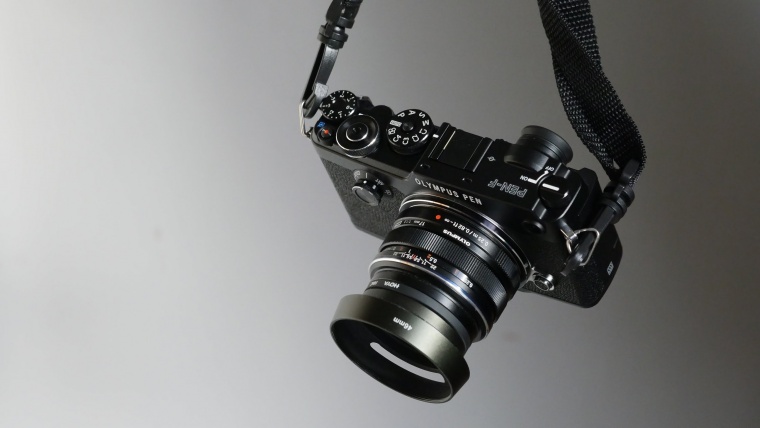
Mirrorless interchangeable lens cameras (ILC) are the rising industry in the market of digital cameras, and there is a reason for that. They come in all varieties, packing everything from Micro Four Thirds, APS-C to Full-Frame sensors. Some are designed for beginners, while other feature very impressive performance meant for enthusiasts and professionals. However, they all have one thing in common – compact design. They are the natural evolutionary step for photographer moving up from a traditional point-and-shoot compact system, a step which was missing until recently. This makes a closer option for an average consumer than a full-blown DSLR. In some cases, they will even outperform a DSLR in the same price range.
To list a few key differences between a mirrorless camera and a DSLR, we would start off with the most obvious one – size and weight. Mirrorless cameras are lighter and smaller, thus falling in the compact category. Another usual suspect is the viewfinder, mirrorless cameras mostly offer Electronic View Finders (EVFs) compared to DSLRs which mostly use the optical viewfinder. EVFs have come a long way and now offer a comparable experience to their optical counterparts.
When it comes to image quality, DSLRs might still be the top choice for professionals. But that doesn’t mean mirrorless cameras can’t-do a fine job as well. Mirrorless cameras are also generally cheaper, which makes them a very attractive alternative to hefty DSLRs.
In this review, we have prepared the Top five mirrorless cameras for you to choose from. Mainly they are mid to high-end performers of high quality, but not to worry, we have some interesting recommendations for those on a budget as well.
Note that even though this review is written in 2018, not all these cameras actually come from 2018. Some are a year, or a few years older. But make no mistake, they are still the best choices around. See, unlike the smartphone market, where the next must-have big thing comes around and shades away from the previous model every year, digital camera market is a bit more conservative and realistic of user needs, which is a good thing.
Comments (2)
I can vouch for the Sony A6000. Amazing image quality.
I am very happy to see this article, I have been away from the photograpic world for a long time. It will be a pleasure to come back with this knowlege that you are giving people…
Thankyou very much….
…